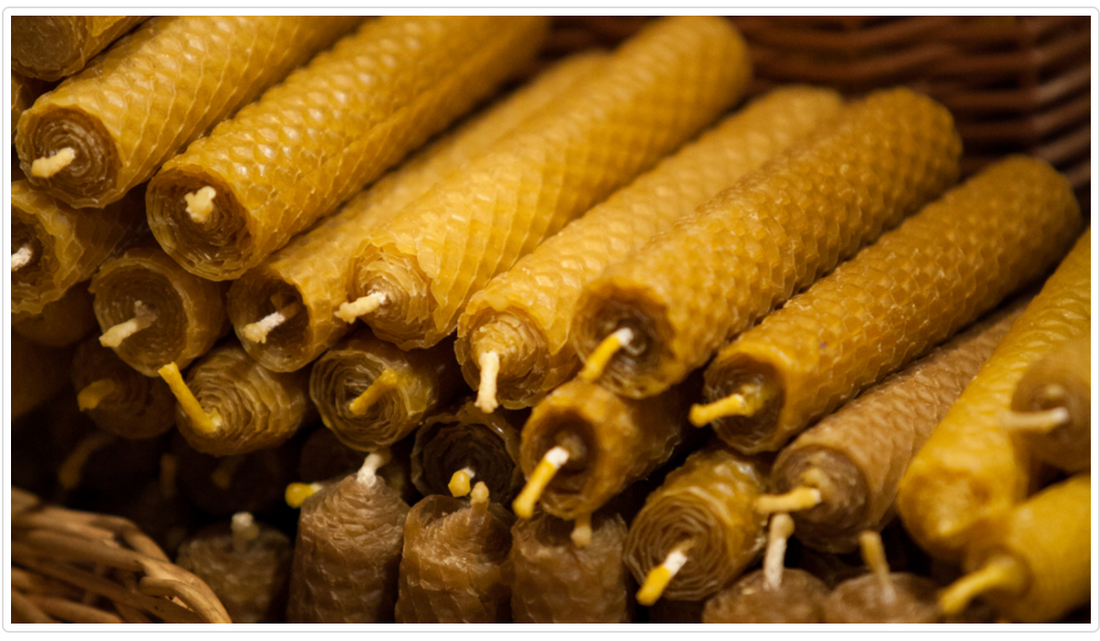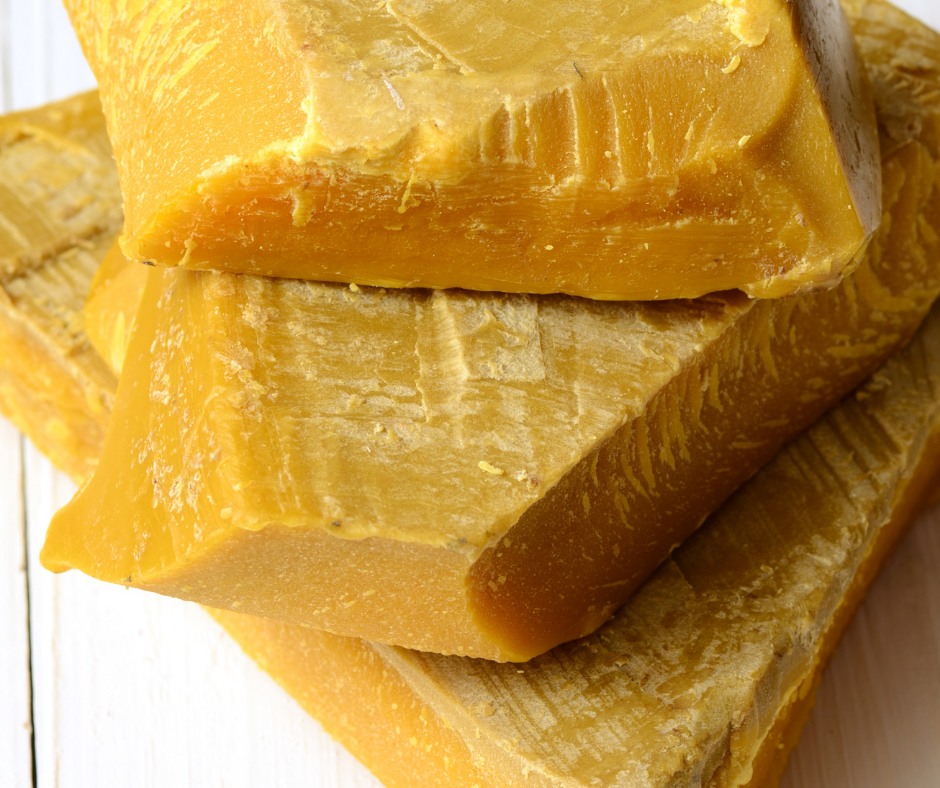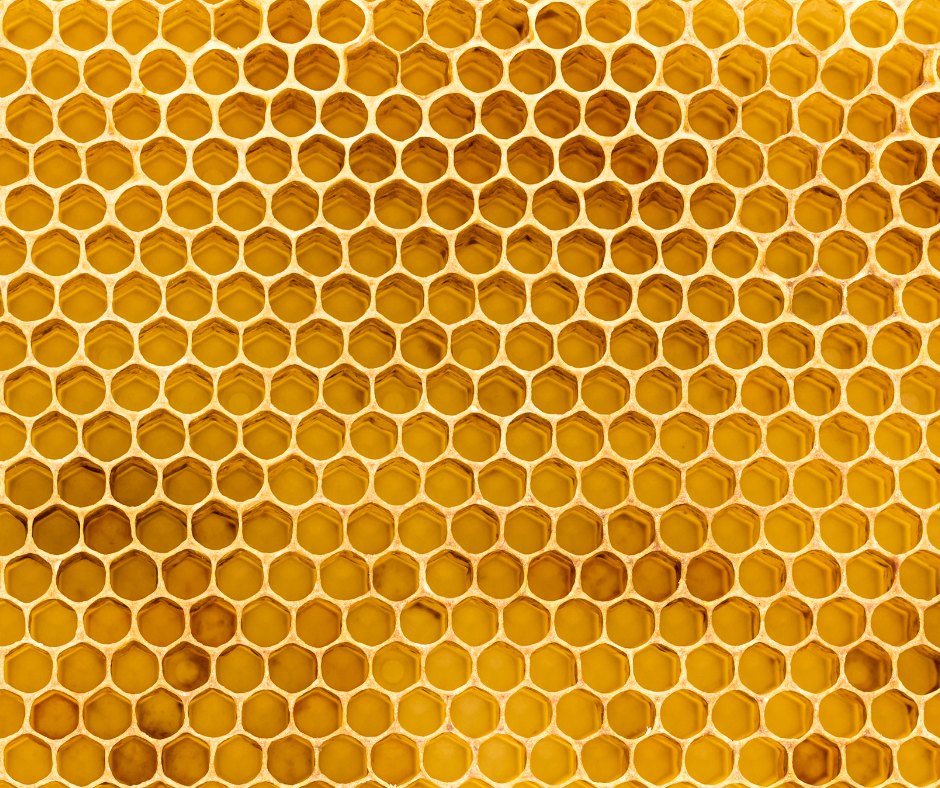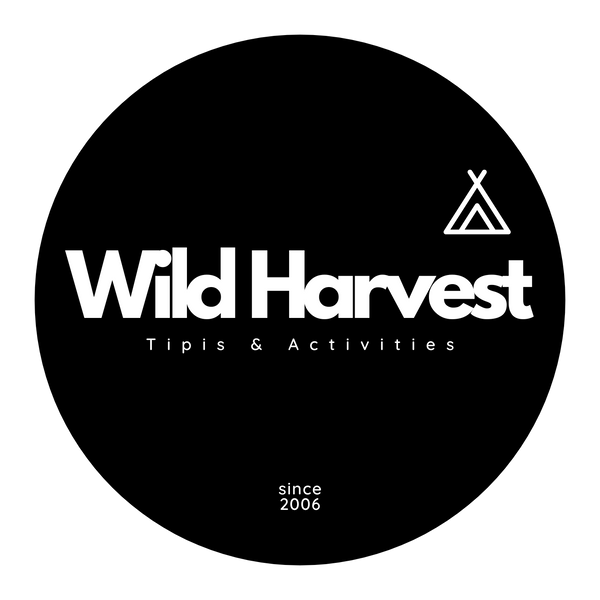
How To Make Your Own Candles
Make your own candles
In this article we talk about why you should consider making your own candles. You can do this easily in our group activities sessions ideal for hen parties or birthday parties... in our one hour candle making session; each guest makes a pack of prettily packaged beeswax sheet candles - all natural while they learn about the ingredients in shop bought candles.
It sounds simple but ‘What is a Candle?’
A candle is a combination of fuel and wick, add a third component, fire, to give long-lasting light. Before electric this is all there was to enable our ancestors to see after dark, we know this already BUT did you know that:
The fuels in traditional candles were animal fats, plant oils (nuts/seeds pressed to extract oils) or beeswax. Beeswax was the candle fuel of the church or posh houses while the poor people used rush stems smeared with tallow or lard. Wicks were made from twisted plant fibres. In fact that is all modern wick still is… cotton-grass twisted, dried and bleached. In the past our ancestors would’ve used twisted nettle stem or rush grass as the wick here in the UK, as we didn’t have cotton as a native plant fibre plant.
GET MY E-BOOK WITH HUNDREDS OF SELF-SUFFICIENCY SKILLS
Make your own beeswax candles for fun, economy and health.
Do you love buying candles and enjoy filling your home with them but wondered exactly what it is that you are burning and why you can pay up to £25 for a candle?! What is in the smoke and scent that comes from the shop bought candles you burn? How is it that some are so expensive - surely these aren’t made of rubbish?!
Most shop bought candles, including expensive brands, are made from a combination of paraffin wax, stearin and artificial fragrance; even the expensive ones.
Paraffin wax is made, as its name suggests, from paraffin which is a by-product of the petroleum production industry. It is used because it is cheap and odourless, it is a blue white colour. The National Institute for Occupational Safety and Health (NIOSH) has set a recommended exposure limit (REL) for paraffin wax fume exposure of 2 mg/m3 over an 8-hour workday.[27]
Stearin is a powder that is added to the wax to make it burn more slowly. Stearin is a hard fat produced from beef or cod liver oil processing
The term ‘fragrance’ or ‘parfum' can be used to describe a chemical cocktail of up to two hundred different synthetic ingredients all legally hidden under the word 'perfume'
Do you really want to be filling your home with these substances?
Problems with Soy Candles
Some modern candles are sold as ‘eco’ as they are made from Soy. They are made by extracting soya bean oil and processing it to become more solid. Soya is very water-heavy crop, plus soy candle industry isn’t regulated and most soy candles do contain other oils like palm and paraffin too. The soya bean oil must travel thousands of miles to get to us as it is not a native plant. At Wild Harvest we like to empower you to create your own light using the resources around you.
Beeswax is a natural wax produced by honey bees and is available in the UK. Beeswax is formed into "scales" by eight wax-producing glands in the abdominal segments of worker bees who discard it in or at the hive.
If you want to learn more about candle making you can read my e-book How to Be More Self-Reliant Naturally, book on a crafts retreat with us or organise a group activities session for an event and book our simple candle rolling group activity.
You can buy beeswax in blocks, in tiny pellets or as foundation sheets that are used in bee hives for the bees to build out their comb from.



To make the rolled beeswax sheet candle.
Take a sheet of beeswax and keeping the narrow end toward you lay the wick along the narrow end leaving 1 - 2 centimetres of wick sticking out of one end (you will be lighting this bit).
Use your thumbs to gently lift the wax sheet up at the narrow end and squash it down over the wick to trap the wick in place.
GET MY EBOOK ON HOW TO BE MORE SELF-RELIANT NATURALLY!

Fold the wax over the wick again. Once the wick is trapped in with a couple of folds of wax place your hands as if you were using a rolling pin and roll the sheet up. Keep the tension on and don't let go until you have rolled the sheet all the way to the other narrow end.
Using the warmth of your thumb press and seal the seam so the candle doesn’t unroll.
Trim the wick sticking out to 1 cm proud of the candle - this is the end you light.
Find a secure holder for your candles eg. a sturdy glass bottles or a candleabra, light and enjoy!
To make a melted beeswax candle - (melt and pour)
Always melt beeswax slowly and using a double boiler whether this is a pyrex bowl over a pan of water, like you would melt chocolate, or a bain-marie as beeswax in a pan on direct heat will catch and burn. Simply melt the wax and pour it into your heat proof mould with the wick in.
Melt in the Jar Candle
You can use an old jam jar in a pan of hot water, and melt the chopped hard beeswax inside the jar itself, leaving the wax in to make a jam jar candle
If you make the jam jar candle, the water in the pan should reach to about half way up the side of the jar. Place the pan on a medium heat.
(picture showing all of above)
Heat the water ensuring the pan doesn’t boil dry. After approximately five to ten minutes the wax granules will have melted - beeswax melts at 64 degrees Celcius. When the beeswax is melted remove from heat and take the jar out of the pan using oven gloves or a cloth as the glass will be hot.
Place a bought waxed straight wick with a metal weight on the end - metal end into the jar - and fold the long end of the wick over the side of the jar - you can use a clothes peg to hold it in place until the wax sets. (picture) Leave the jar for ten to twenty minutes before removing the peg and trimming the wick to 1 cm from the top of the wax.

Tip 1: For colour - grate a little children’s crayon into the wax as it’s melting.
Tip 2: For shape - experiment with different moulds using heat proof objects from around the home. We have used tuna tins, old jars, silicon cake moulds and orange peel halves and egg shells.
If you have no mould you can dig a hole in the garden, flatten the soil at the sides and bottom of the hole and pour in your wax. When the wax has hardened dig your candle out - you have made an Earth candle! Alternatively light it in situ!



